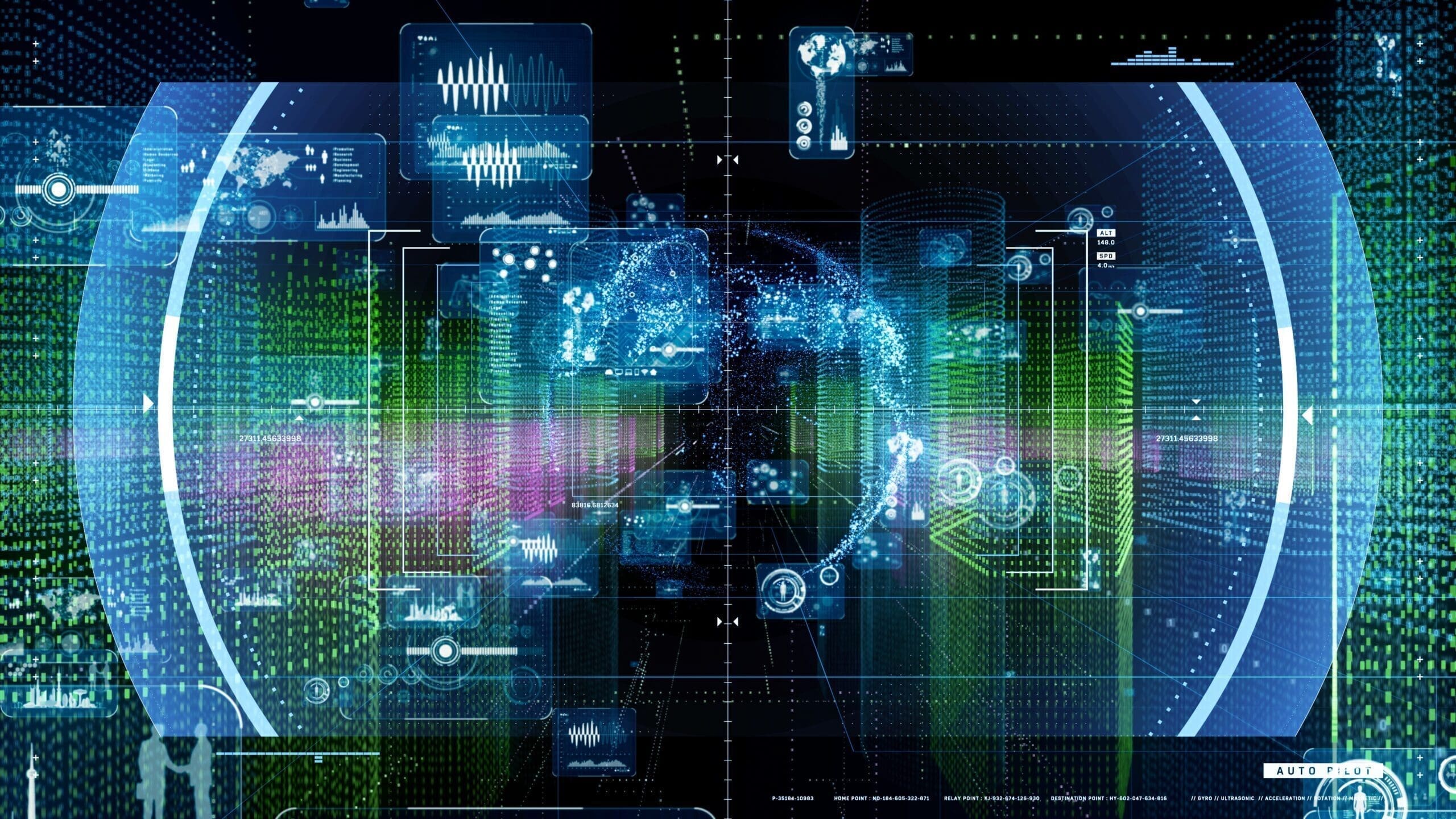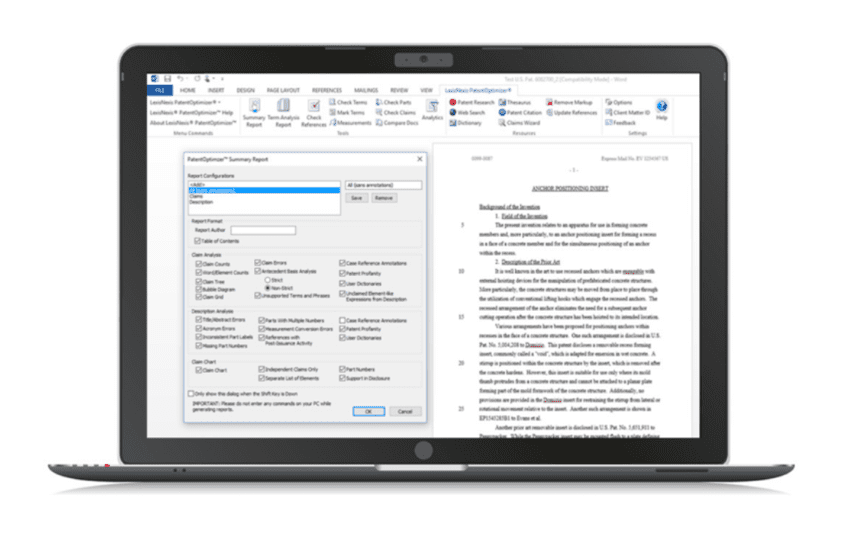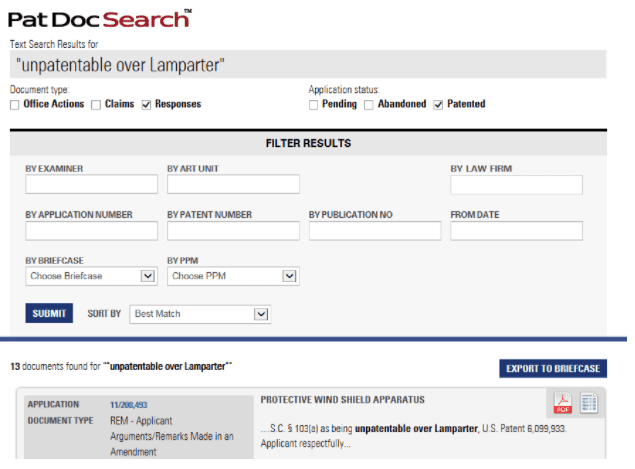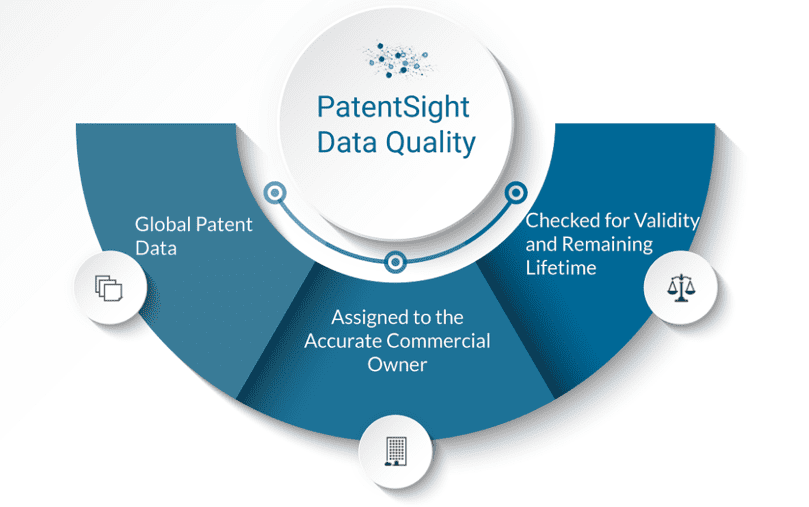Prior Art Research

Conducting prior art research before filing a patent application can have a profound influence on patent strategies and outcomes. Not only can understanding prior art help to determine whether an invention is patentable, but it can also inform how a patent application should be drafted to reduce the risk that it will be rejected by the USPTO. In fact, prior art can be useful through many stages of the patent process, especially for patent professionals who use LexisNexis® IP patent search and analysis tools.
What Is prior art?
Prior art, as it pertains to a single patent application, includes anything that is known to the public before the application is filed with the patent office. In other words, any public information that predates a patent filing falls into the category of “prior art.” This includes foreign and domestic patent documents, whether they are pending, granted, expired, rejected or abandoned. It also includes non-patent literature and public disclosures, such as the content of scientific publications, textbooks, newspapers and lectures, to name a few.
For an invention to be patentable, it must be both “novel” and “nonobvious” at the time a patent application is filed that claims the invention. It is the job of patent examiners to comb through and evaluate an invention’s novelty and nonobviousness based on all prior art in the world (a tall order, we know). If a single prior art reference fully describes an invention, the patent application that claims the invention will be rejected for lacking novelty. Similarly, if a combination of prior art references taken together describes an invention fully, it may be appropriate for a patent examiner to reject a patent application claiming the invention for being too obvious.
By conducting prior art research early in the patent process, patent professionals can evaluate prior art to help draft patent applications to lower the risk of receiving a rejection, determine the likelihood that a patent will be granted, anticipate the arguments against patentability a patent examiner may present, and estimate the cost and duration of patent prosecution with greater accuracy. They can also use their findings throughout the patent process to inform their patent decisions.
Patent platforms for managing prior art
LexisNexis TotalPatent One®: A major obstacle to conducting comprehensive prior art searches is that patent documents are dispersed among the dozens of patent databases maintained by the various patent authorities of the world. The TotalPatent One® patent search platform helps users uncover more prior art references from a single platform than ever before by providing access to patent documents from global patent authorities. With fewer databases to search, TotalPatent One users can conduct searches quickly and efficiently.

LexisNexis PatentOptimizer®: Designed to improve the quality of patent drafts and simplify the drafting process, the PatentOptimizer® patent drafting platform comes with features that make dealing with prior art references less cumbersome. PatentOptimizer can help save time by automatically populating all of the fields contained in Information Disclosure Statements based on a simple list of patent document numbers. The PatentOptimizer® Office Action Response tool can even help users overcome novelty and nonobviousness rejections by proposing draft arguments that have been used effectively by other patent applications under similar circumstances.

LexisNexis PatentAdvisor®: The PatentAdvisor™ patent analysis platform utilizes a broad, full-text database of substantive prosecution documents. The Document Search feature allows users to research and filter results for USPTO claims, responses, appeal and petition documents, and terminal disclaimers across an extensive collection of pending, granted and abandoned applications.

LexisNexis® PatentSight®: PatentSight® is known for providing patent analytics that help companies make smarter business decisions, and for helping to evaluate patent portfolios for their strengths and weaknesses. However, one of the best features of the PatentSight platform is the patent harmonization process performed on global patent records that enables users to identify all of the prior art patent references controlled by a single entity, even if they are held by subsidiaries or affiliates with differing names.
Read the Handbook for Patent Data Quality to learn more about how the PatentSight patent database is curated to enable users to extract reliable and actionable insights.

Prior art spans the globe, and it means the world throughout patent prosecution. The tools provided by LexisNexis® IP have been developed to help patent professionals find, assess and utilize prior art to their advantage at all stages of the patent process.
Access the USPTO PDF on Understanding Prior Art and its use in Determining Patentability.
More on LexisNexis Intellectual Property products:
- Use TotalPatent One patent search software for comprehensive research and analytics. Read Use Modern Patent Search Tools for Better Results to learn more.
- Get guidance on how to write a patent application of optimal quality with PatentOptimizer patent claim analysis and patent writing software. Access the article Patent Drafting Tools: Three Key Advantages to learn more.
- The PatentAdvisor platform provides exclusive patent analysis tools for successful patent prosecution. For more about patent analytics read Patent Analytics and the Three Personalities of Patent Prosecution.
- As a leading global provider of information and analytics, PatentSight shines a spotlight on the innovations of the past and present and helps create data-based projections of what the future might hold. Explore how to Transform Patent Data Into Intelligence.

Need to simplify your patent search?
Get quick, precise, and reliable results with full-text documents and high-resolution images from global patent authorities.
